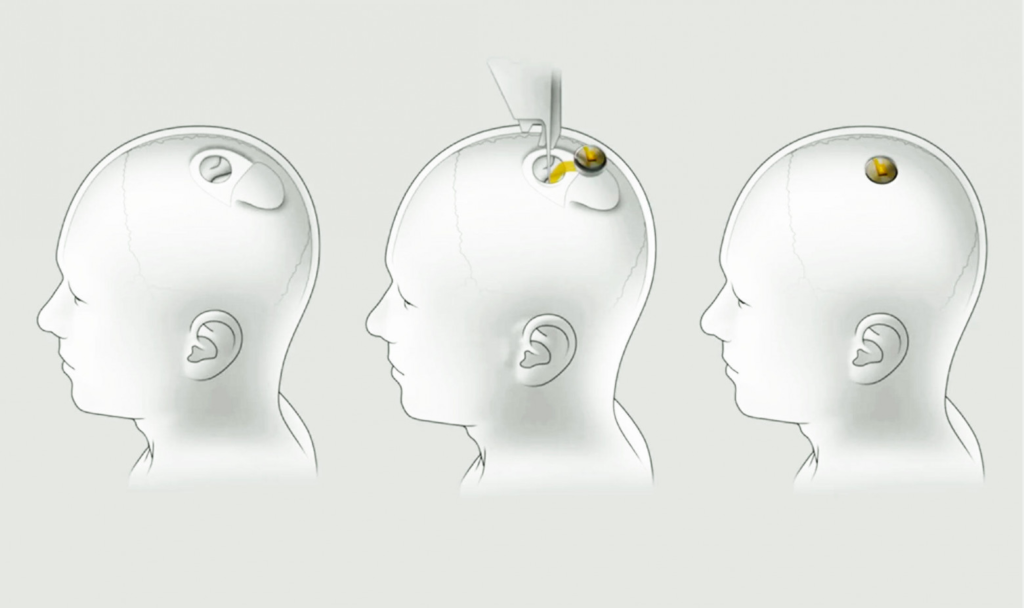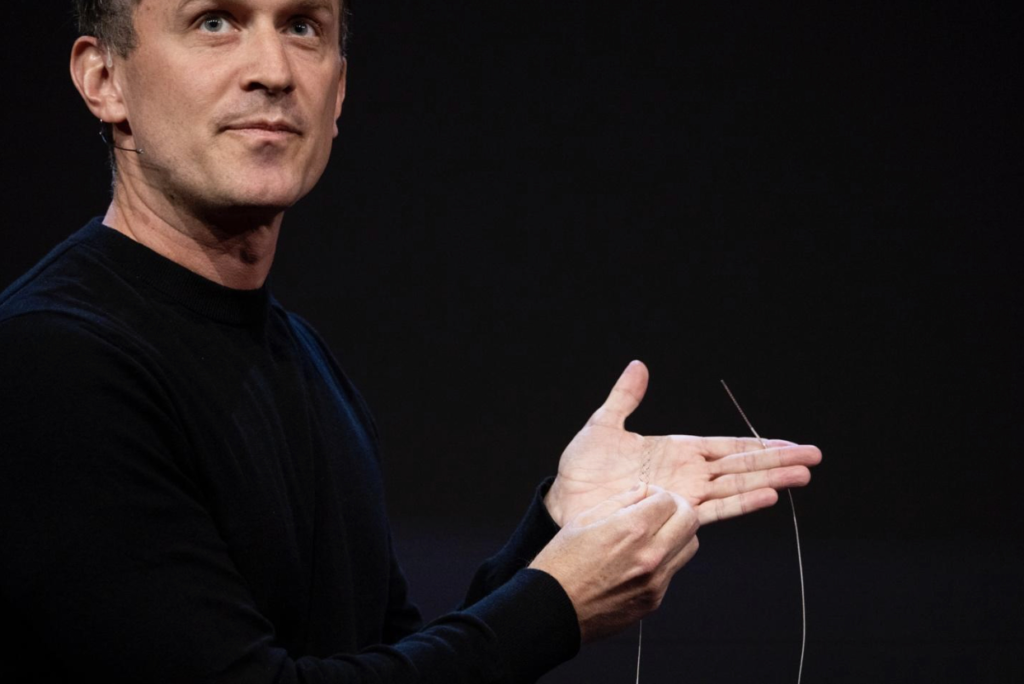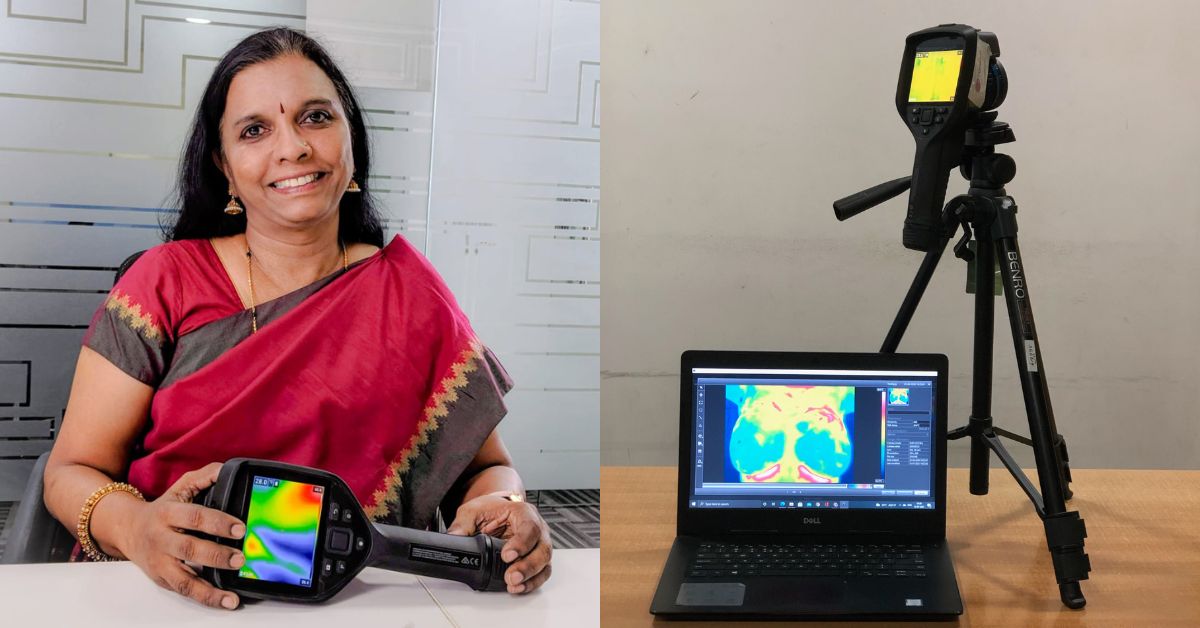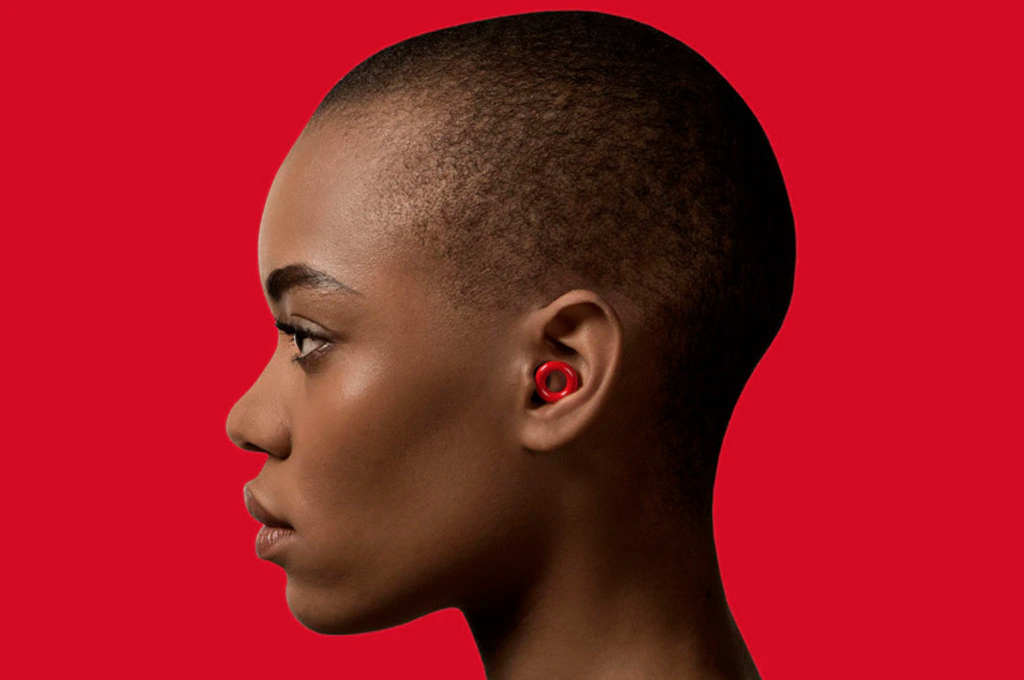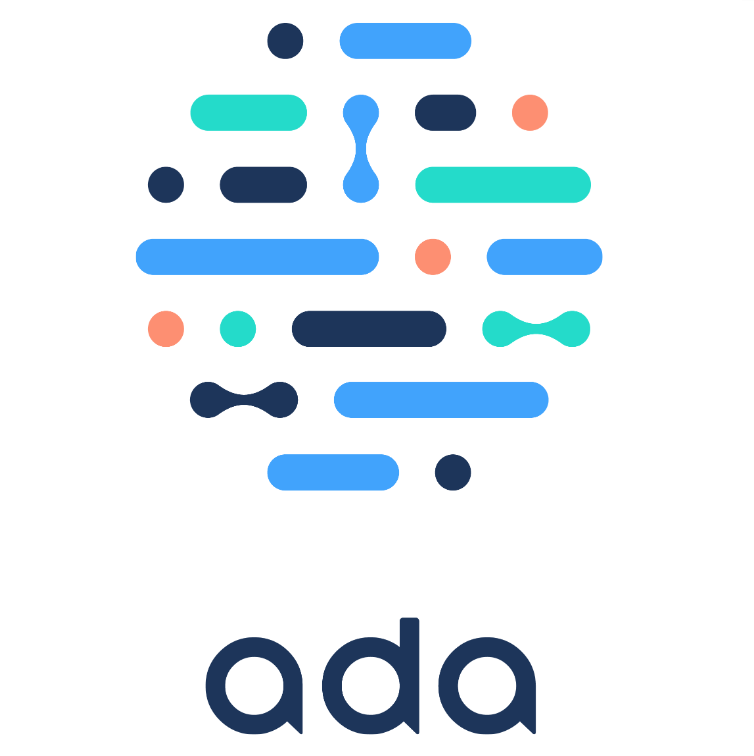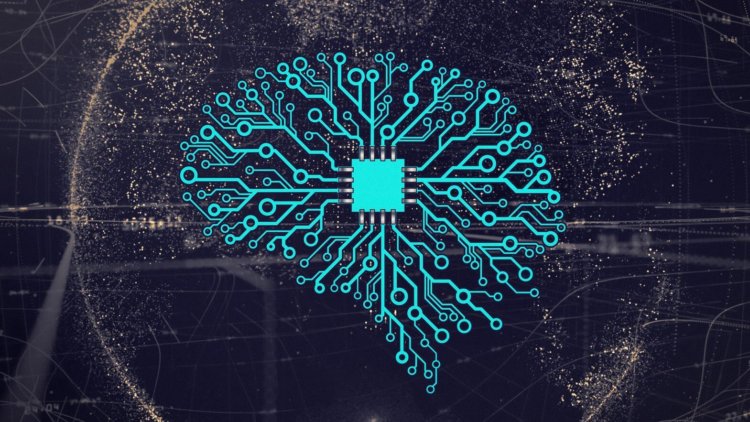Gene editing, a revolutionary technique that empowers scientists to modify genetic material, has emerged as a beacon of hope in the quest to address human health challenges and revolutionize various fields, including medicine, agriculture, and environmental science. Embark on an informative exploration of this transformative technology and delve into its potential to reshape our world.
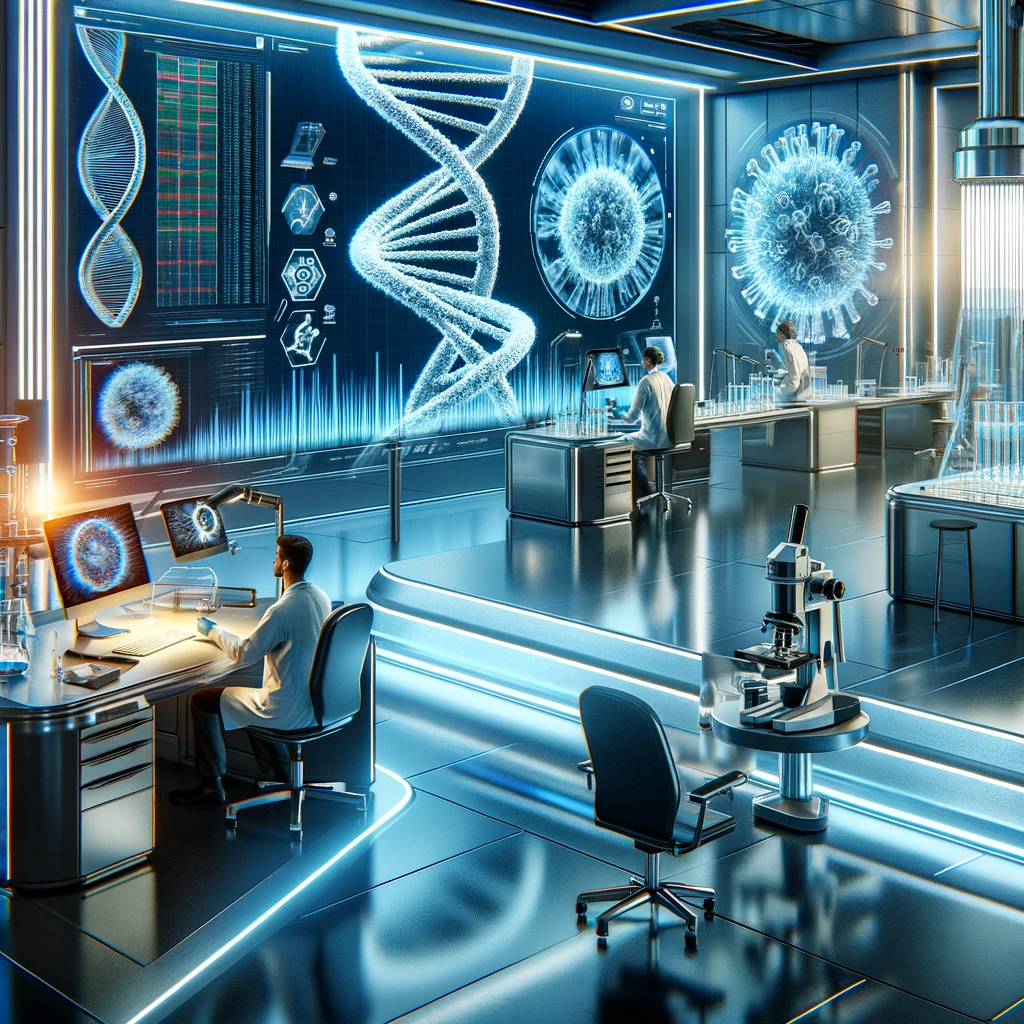
Unraveling the Mysteries of DNA
At the heart of gene editing lies DNA, the intricate blueprint that governs our existence. DNA, a molecule composed of genes, carries the instructions for building and maintaining our bodies. It is the fundamental code that dictates our traits, including physical characteristics, susceptibility to diseases, and metabolic processes.
CRISPR: A Versatile Precision Tool
The advent of CRISPR-Cas9, a remarkably precise gene-editing tool, has revolutionized the scientific landscape. CRISPR works like a molecular search-and-replace function, identifying specific DNA sequences and introducing targeted alterations. This newfound ability to manipulate genetic material has opened up a plethora of possibilities for medical breakthroughs.
Addressing Genetic Disorders
Gene editing holds immense promise for treating genetic disorders, a broad range of diseases caused by faulty genes. By correcting the underlying genetic defects, scientists can potentially cure or alleviate the symptoms of debilitating conditions such as cystic fibrosis, sickle cell anemia, and Huntington’s disease.
Engineering Disease Resistance
Gene editing extends its reach beyond human health, offering transformative potential in agriculture. Scientists can utilize this technology to engineer crops that are resistant to pests, diseases, and adverse environmental factors, ensuring food security and bolstering agricultural productivity.
Combating Mosquito-Borne Diseases
The fight against mosquito-borne diseases like malaria, Zika, and dengue fever has gained a powerful weapon in the form of gene editing. By modifying the DNA of mosquitoes, scientists can render them incapable of transmitting these diseases, potentially eradicating these devastating illnesses.
Navigating the Ethical Dilemmas
Despite its remarkable potential, gene editing raises a host of ethical concerns that demand careful consideration. Altering the human genome raises ethical questions about the potential for creating designer babies, the possibility of introducing unintended consequences, and the equitable distribution of this technology.
Guiding the Future of Gene Editing
As gene editing continues to evolve, it is crucial to establish robust ethical guidelines and regulatory frameworks that ensure its responsible application. Public engagement and open dialogue are essential to foster informed discussions about the social, ethical, and societal implications of this transformative technology.
Emerging Frontiers and Endless Possibilities
The future of gene editing is brimming with possibilities. Scientists are exploring its potential to treat complex diseases like cancer, tackle aging, and even improve human cognitive abilities. As gene editing continues to advance, its transformative impact on medicine, agriculture, and our understanding of life itself is poised to expand tremendously.
Conclusion
Gene editing represents a paradigm shift in our understanding and manipulation of life. Its potential to revolutionize medicine, agriculture, and other fields is immense. However, it is imperative to approach this technology with caution and ethical consideration, ensuring its responsible application for the betterment of humanity.
Sources and interesting materials:
- https://www.ncbi.nlm.nih.gov/pmc/articles/PMC9377665/#:~:text=The%20discovery%20of%20CRISPR%E2%80%93Cas9,the%20field%20of%20genomic%20manipulations.
- https://www.genome.gov/about-genomics/fact-sheets/Deoxyribonucleic-Acid-Fact-Sheet#:~:text=Deoxyribonucleic%20acid%20(DNA)%20is%20a,to%20their%20offspring%20during%20reproduction.
- https://sphweb.bumc.bu.edu/otlt/MPH-Modules/PH/DNA-Genetics/DNA-Genetics_print.html#:~:text=The%20sequence%20of%20bases%20in,our%20inherited%20traits%20and%20characteristics.
- https://www.hsph.harvard.edu/news/features/using-gene-editing-to-fight-deadly-genetic-diseases/#:~:text=November%2030%2C%202022%20%E2%80%93%20Cutting%2D,heart%20disease%2C%20according%20to%20experts.
- https://www.linkedin.com/pulse/gene-editing-agriculture-promise-potential-perils-jayprakash-shet#:~:text=Enhancing%20Crop%20Yield%20and%20Quality&text=By%20introducing%20specific%20genetic%20changes,for%20a%20growing%20global%20population.
- https://utilitiesone.com/understanding-the-ethical-ramifications-of-genetic-modification
- Photo Generated by DALL-E


